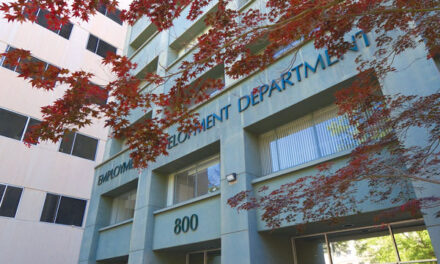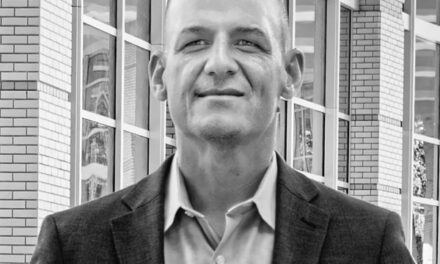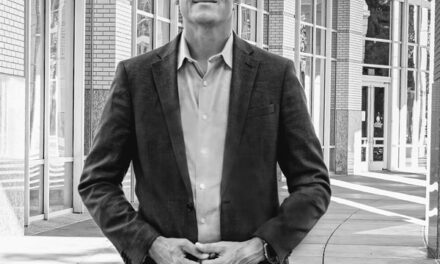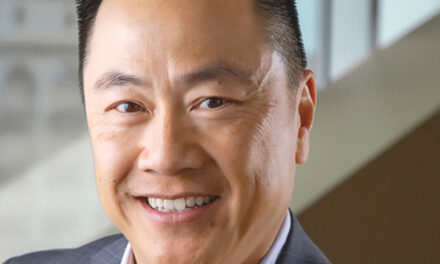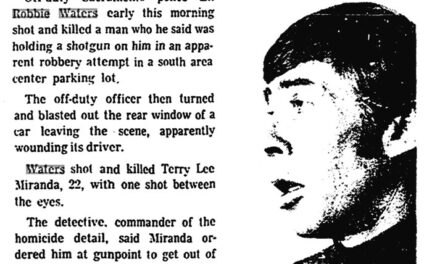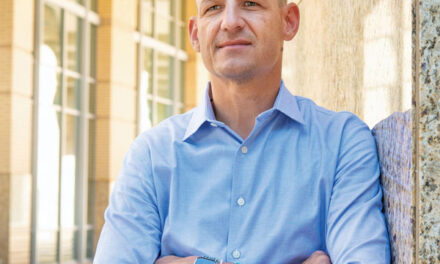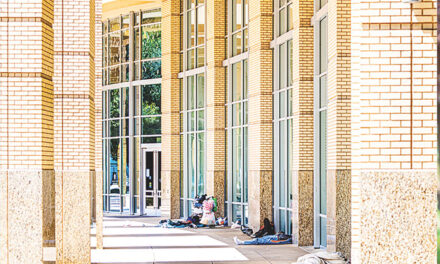Youth Fund or Boondoggle?
Ballot measure would eat into city budget
By R.E. Graswich
October 2019
The name evokes innocence and generosity. Sacramento Children’s Fund Act of 2020. But the details quickly congeal into something more prosaic: money, about $12.5 million a year in city taxpayer dollars, destined for parts unknown.
In March, Sacramento voters may be asked to amend the City Charter and dedicate 2.5 percent of the general fund to a private revenue pool for youth-oriented nonprofit organizations.
If the measure passes, the City Council will lose control over the money—about $12.5 million per year. A politically appointed commission, 49 percent of whose members must be younger than the age of 25, will spread the cash around.

Every three years, the City Council will review how the money is being spent. But councilmembers have no say in where those taxpayer dollars will go.
“It’s not that we didn’t want the City Council to directly have a say in how the funds would be used,” says Leesai Yang, spokesperson for a group of 23 nonprofits called Sac Kids First, sponsor of the ballot measure. “This measure was generated by young people. It’s based on a measure passed in Oakland in 1996, which has been successful.”
A Berkeley nonprofit, the East Bay Asian Youth Center, drove the Oakland measure. The same group, today called EBAYC, is helping with the Sacramento charter amendment. An EBAYC office on Franklin Boulevard houses Sac Kids First.
The proposal is making City Hall nervous. City Council members know they would have to cut core services, including police, fire and parks, to accommodate Sac Kids First.
If the measure passes, the annual $12.5 million must come from somewhere. The Children’s Fund doesn’t generate money—it only spends.
Also nervous are the city’s public employee unions. They see $12.5 million in salaries and benefits vanishing into the nonprofit netherworld.
“It puts a lock box on a significant portion of the general fund,” City Councilmember Jeff Harris says. “In the event of a recession, we would have to make very tough decisions with fewer resources. It’s ballot-box budgeting, and that’s not the best way to manage the city.”
Moreover, Sacramento already spends about $12 million on youth services, Harris says. He insists, “There’s no need for this.”
City Councilmember Steve Hansen hasn’t made a decision on whether to support the measure. But he sounds similar to Harris, saying, “The city has done a great deal to invest in our children, including this year’s major investment in our Youth, Parks and Community Enrichment Department and successful programs like 4th R.”
Mayor Darrell Steinberg says he has “some serious questions about the actual impact of the initiative.” While the mayor has not made up his mind on the Children’s Fund Act, he adds, “We need to make sure we maintain our commitment to law enforcement, fire protection and parks.”
The nonprofit coalition had no problem gathering signatures to qualify the charter amendment for the ballot. More than 39,000 valid signatures were collected. The words “Children’s Fund” were an easy pitch.
The City Council will decide in December whether to place the measure on the March or November ballot.
“No one from the City Council has come forward to support us,” Yang says. “I honestly don’t know if they will.”
Taxpayer groups are preparing for a fight. They have two major concerns: First, the City Council should not abdicate control over the general fund. Second, an unelected committee of 17 people would be neither effective nor accountable.
Even with credible voices shouting in opposition, the Children’s Fund will be tough to defeat. The EBAYC has political experience and a compelling story. It knows how to get the message across.
If passed, the charter amendment will expire in 2034. That will mean around $162 million in city dollars scattered across the nonprofit universe—maybe accountable, maybe not.
R.E. Graswich can be reached at regraswich@icloud.com. Follow us on Facebook, Twitter and Instagram: @insidesacramento.






